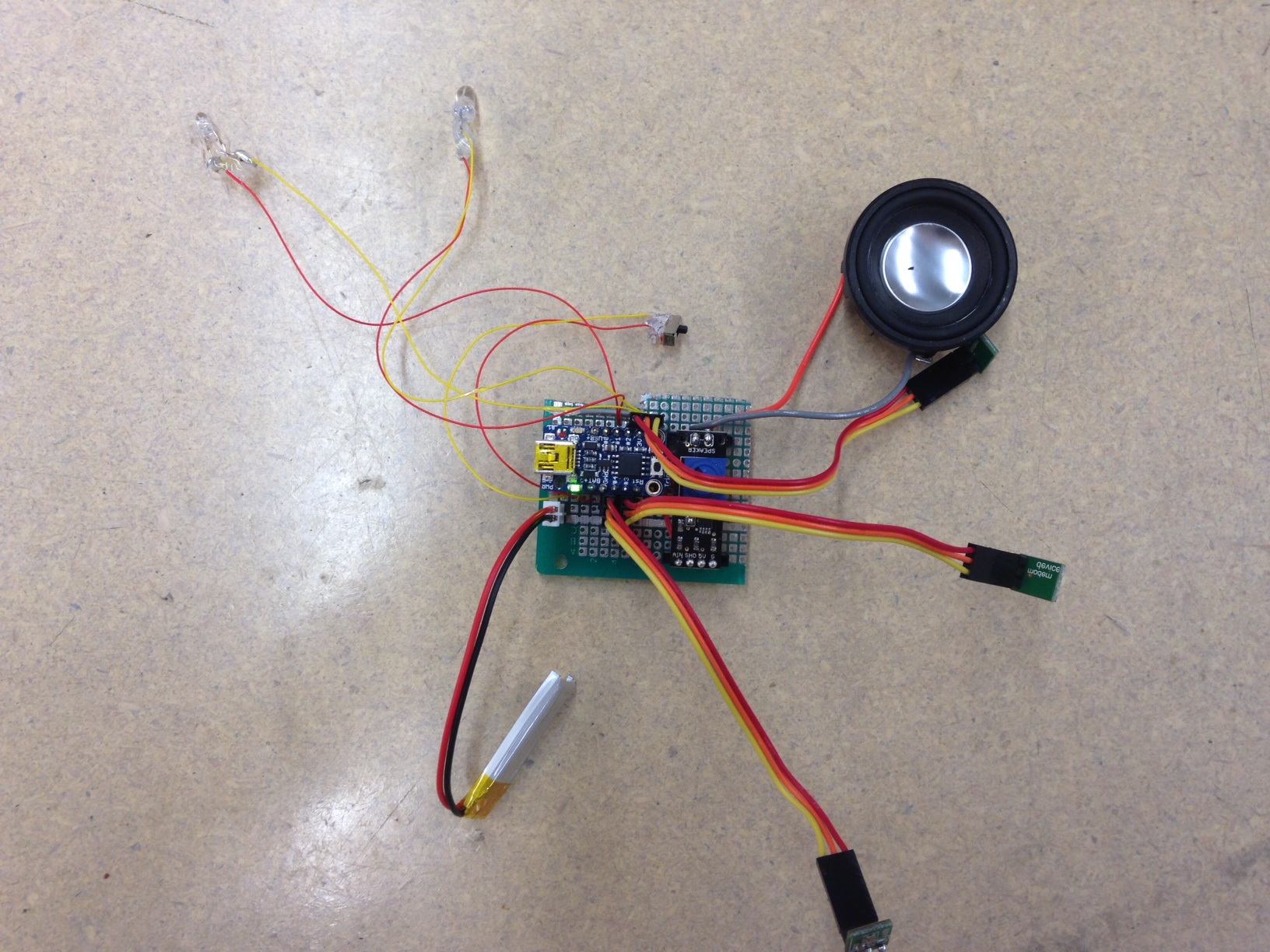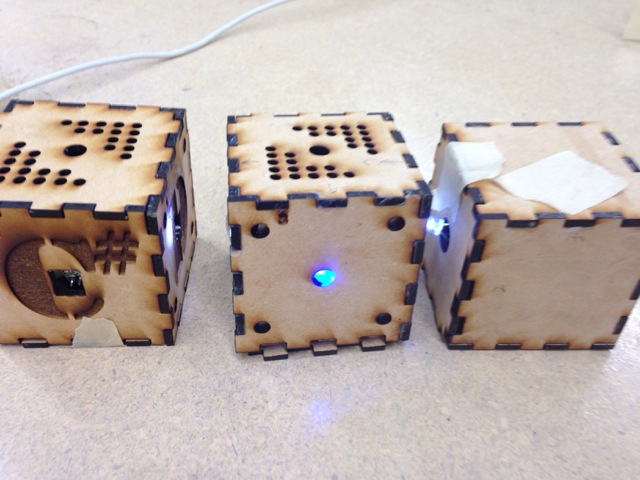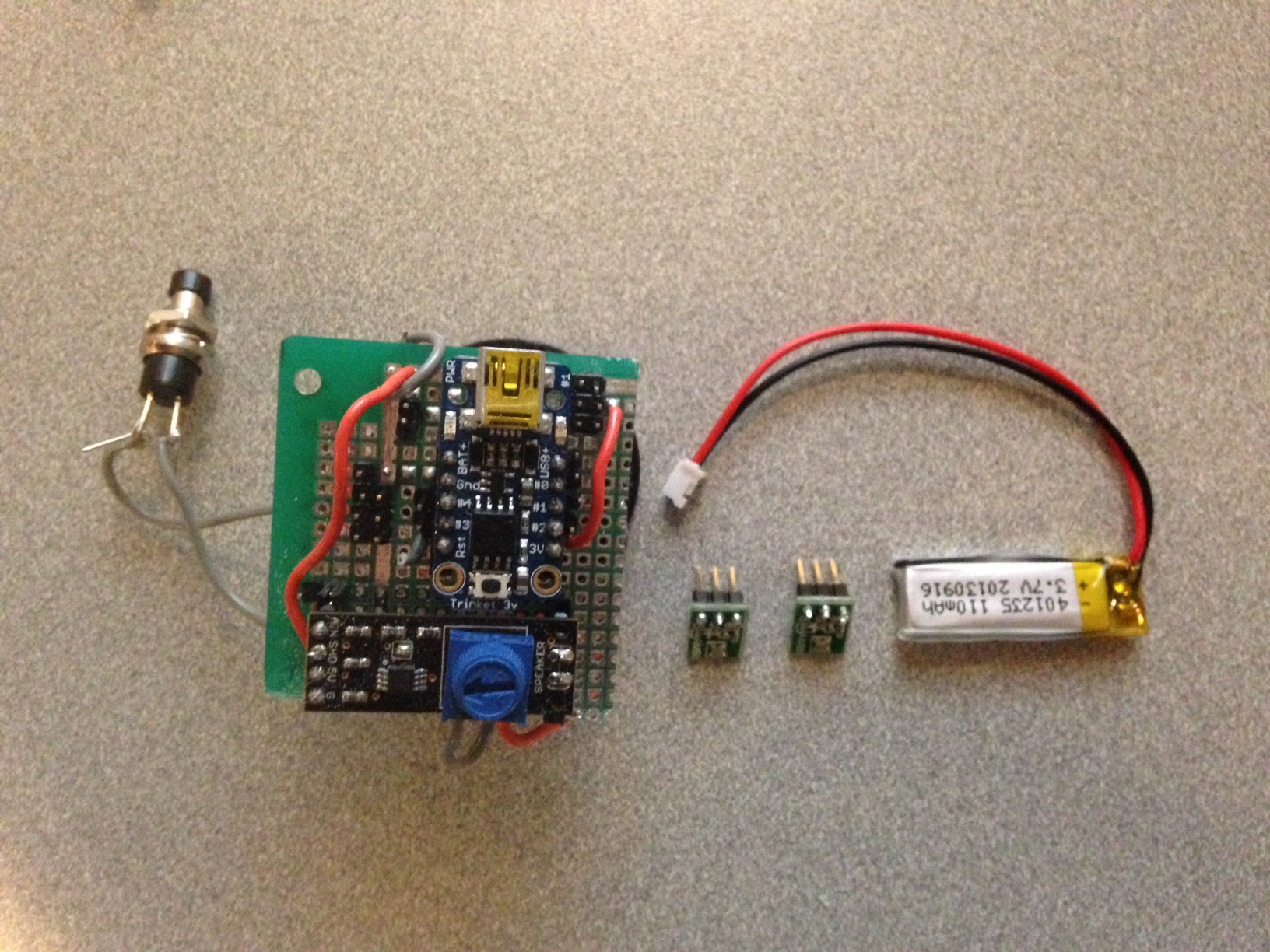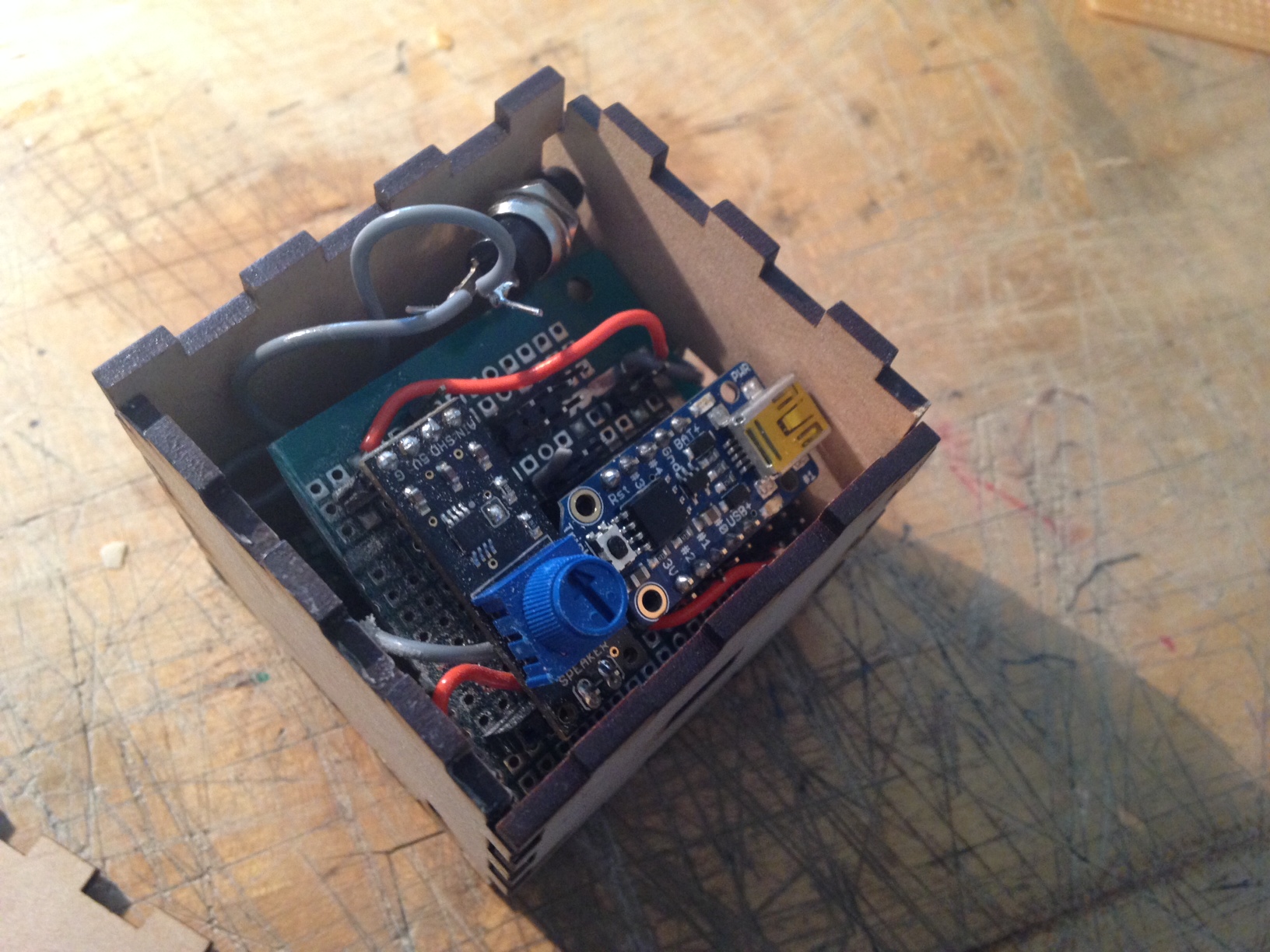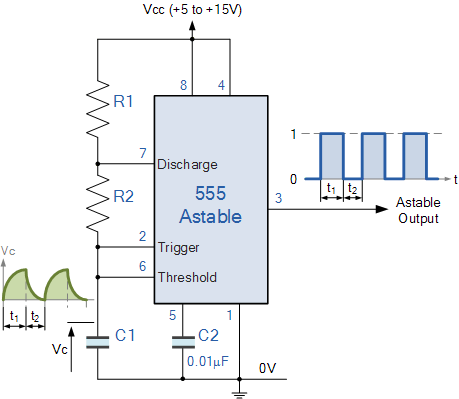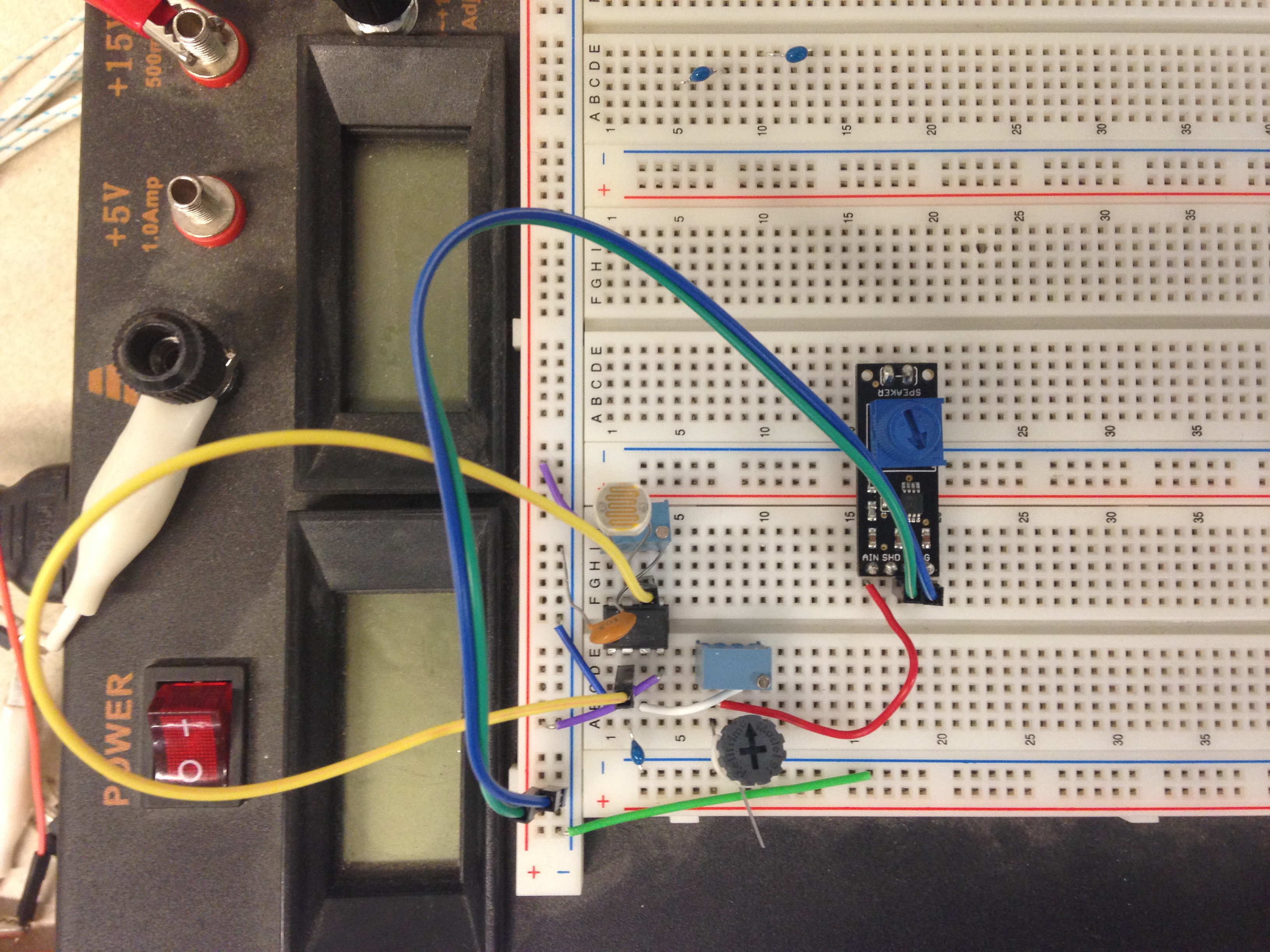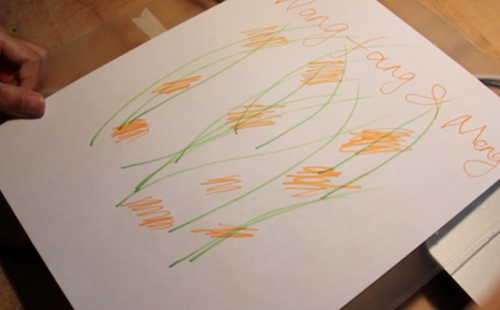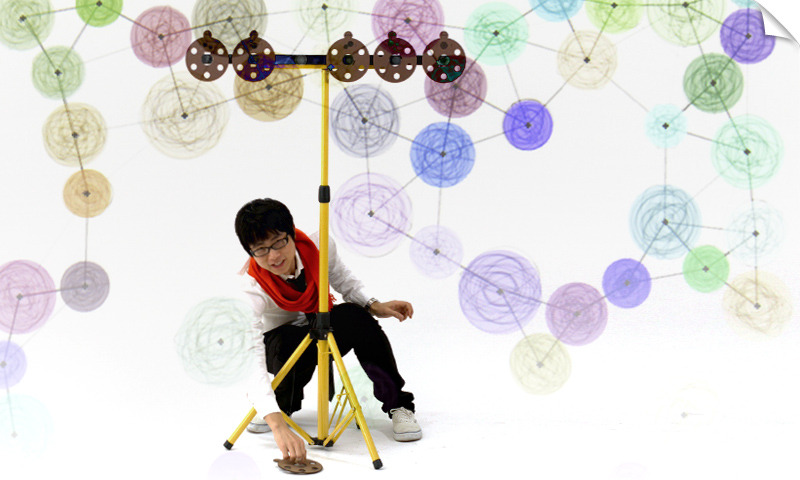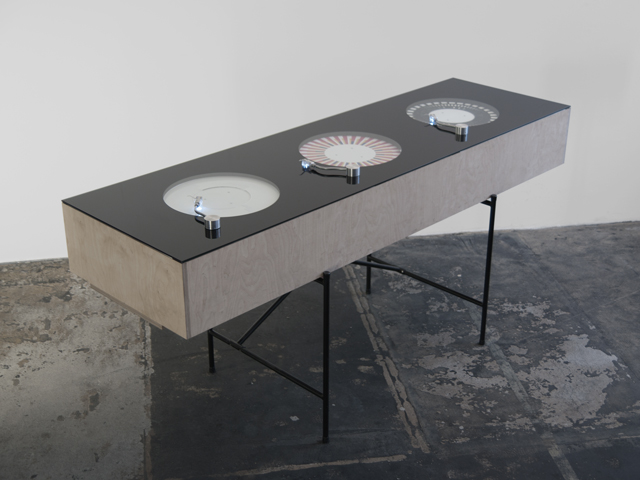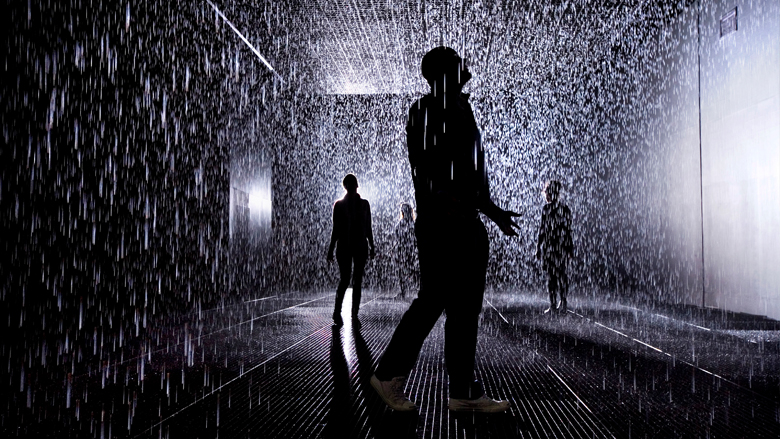Final Project: Note Cubes – Wanfang Diao
Idea
How we learn about our physical world? How we learn light? How we learn sound? How we get the basic concept of space and time?
As for me, I learned form experience. I learned from the experience of stack toy bricks and tearing them down. I learned from tapping a stainless steel plate with wooden spoon. I learn from doing, learn from trials. Once I get the rule of game, I begin to create.
In this project, I want to make music notes more tangible and touchable, which can be experienced in a more intuitive way. I aim to build a very straight forward mapping relationship between “time/sound” and “space/light(or color)” , which can not only give children a concept of the structure of melody but also give them access to create a piece of music.
Therefore, I designed the Note Cubes, a set of tangible cubes for kids to explore sound, notes and rhythm. By putting them a line or also stacking them (just like playing toy bricks), kids can let cubes trigger their “neighbor cubes “by colorful LEDs to play notes and then get a piece of sound or melody after a few time trials.
Note Cubes from Wanfang Diao on Vimeo.
This project has been shown at Assemble ( assemblepgh.org/ ) Dec. 2013.Here is the video about how kids play with Note Cubes!What I learn from the show is there should be more obvious signs to the trigger direction of cubes. And more shapes can be explored.
Public Show for Note Cubes2 from Wanfang Diao on Vimeo.
About tech:
There is micro-controller (Trinket), photosensors, speaker and LEDs in each cubes. Each speaker can play notes when triggered by LED lights from other cubes under the control of micro-controller.
The cube’s shell is made by hardboard by laser cutting.
Acknowledgements
Thanks for the help of Ali Momeni, Dale Clifford, Zack Jacobson-Weaver, Madeline Gannon and my friends in CoDelab!

